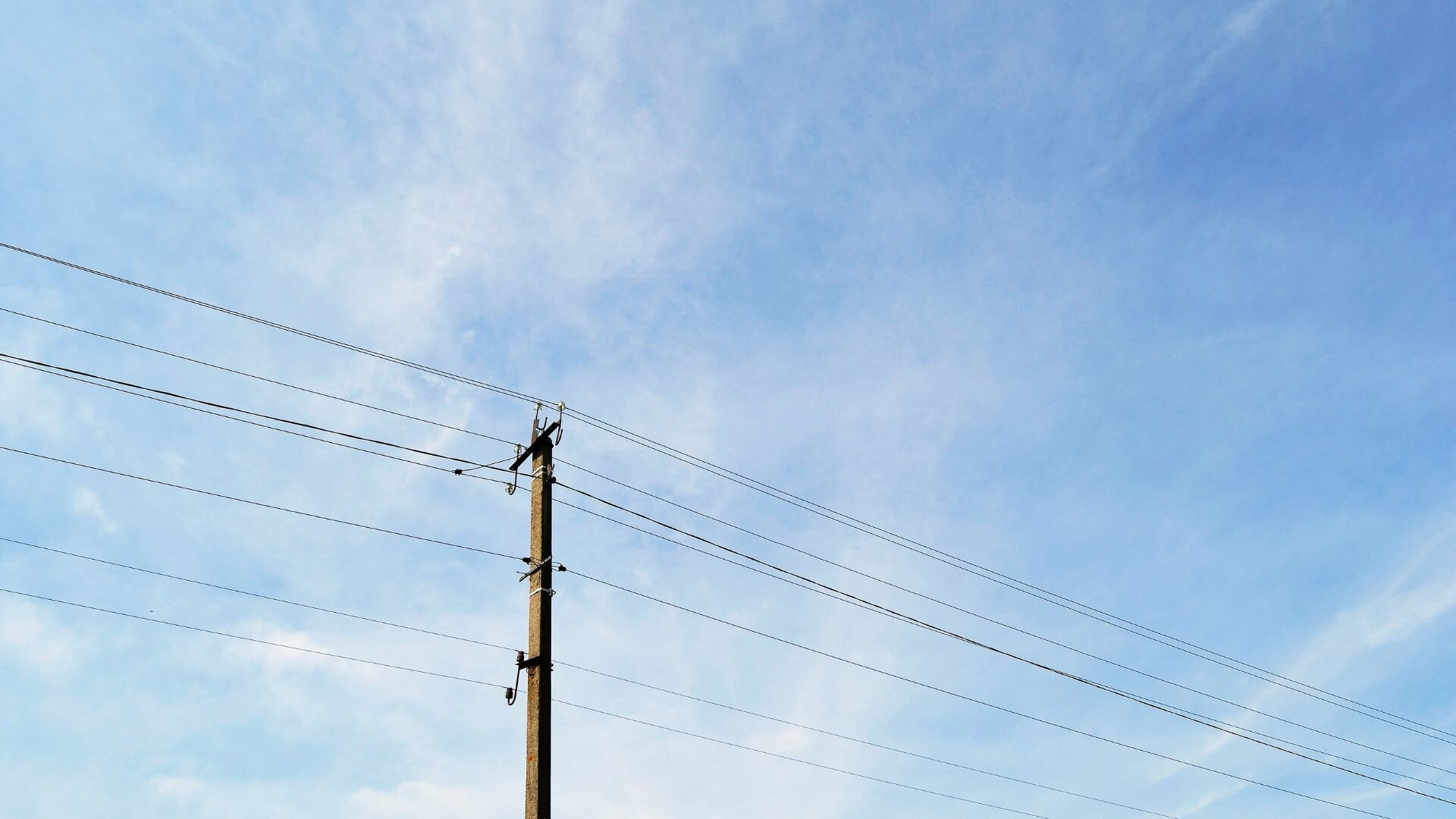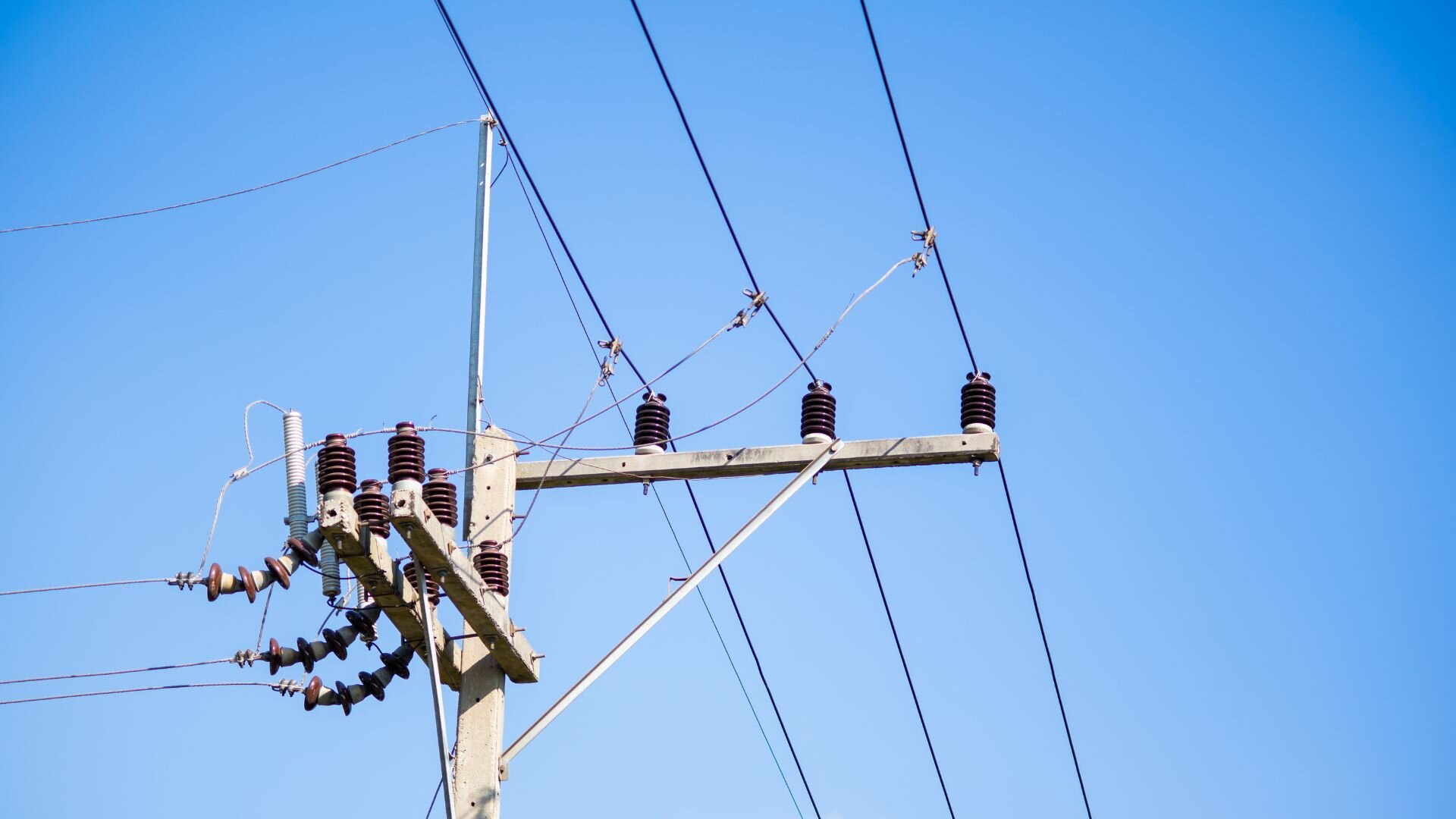Did you know that over 40 per cent of private power pole failuresin regional areas are linked to poor maintenance? It's a startling figure-especially when you consider how many homes and rural properties rely on these poles to keep the power running smoothly. Unlike the ones you see lining the street, a private power pole sits on your land and connects your property to the main grid. That makes it your responsibility to keep it in good shape.
At Enersol, our Residential Electrician Gold Coast - Neglecting routine checks can lead to more than a flickering light or a temporary blackout. If something goes wrong, we're talking about serious fire risks, safety hazards, and potential legal trouble.
We'll walk you through the telltale signs of trouble so you can deal with issues before they turn into expensive or dangerous emergencies.
What Is a Private Power Pole and Why It Matters

Private power poles often fly under the radar-until something goes wrong. Unlike public poles managed by energy providers, a private power pole is installed on your property and is the final link between the street's power network and your home. It's especially common in rural or larger suburban blocks where houses sit further from the road.
Once the pole crosses your land, you're responsible for its maintenance, not the electricity company. That means any wear and tear, storm damage, or deterioration is your job to fix.
Ignoring it can come back to bite. Damaged poles don't just put your electricity supply at risk-they can become serious safety hazards, potentially void your insurance in the event of an incident, and lead to costly repairs or fines. Keeping your pole in good condition isn't just smart-it's essential for protecting your home and everyone in it.
Key Responsibilities of Property Owners
Owning a private power pole isn't just about having electricity on tap-it comes with legal and safety obligations that shouldn't be ignored. Across most Australian states, regulations clearly state that homeowners are responsible for maintaining all electrical infrastructure on their property, including private poles and overhead service lines.
That means you're expected to keep everything in safe working order, which includes organising regular inspections and acting quickly if you spot signs of damage, wear, or instability. Leaving a leaning pole or exposed wire unattended could have serious consequences.
Neglect doesn't just increase the risk of electrical failure or fire-it can leave you personally liable for accidents, trigger council fines, and even result in denied insurance claims if the damage was preventable. Staying on top of maintenance isn't just the right thing to do-it protects your household, your neighbours, and your peace of mind.
Common Warning Signs That Indicate a Power Pole Issue

Private power poles don't always fail without warning. Most of the time, they give off early signs that something's wrong-it's just a matter of spotting them in time.
Leaning or Tilting
A pole that's not standing straight could indicate issues underground, like shifting soil or a weakened base. It might also be a sign that the pole itself is starting to fatigue and can no longer properly support its own weight.
Cracks or Rotting
Timber poles are prone to rot, often caused by moisture build-up or termite activity. Cracks can weaken the structure and make it unsafe, even if the damage looks minor from a distance.
Rust or Corrosion
Steel poles often show early signs of trouble around the base. Rust and corrosion weaken the metal over time and, if left untreated, can lead to structural failure.
Exposed or Fraying Wires
Loose, exposed, or damaged wires can be extremely dangerous. They may indicate weather damage or ageing insulation and pose a real risk of electric shock.
Flickering Lights or Inconsistent Power
Unstable electricity at home isn't always an internal issue. It could be a sign that connections on the pole are loose or deteriorating.
Vegetation Overgrowth
Overgrown trees or shrubs near the pole may rub against service lines or snap branches onto wires during storms, creating potential hazards.
Burn Marks or Smoke Residue
Signs of scorching or smoke around the pole suggest past electrical arcing. This is a red flag that the pole has experienced electrical discharge and may still be unsafe.
How Weather and Environment Contribute to Damage
Power poles don't just wear out over time-they also take a constant beating from the elements. Environmental conditions can silently weaken their structure and shorten their lifespan, often without any obvious signs until it's too late.
- Coastal Areas: Salt in the air speeds up corrosion, especially on metal poles. Even light sea breeze can gradually eat away at the base and fittings, making the structure unsafe over time.
- Heavy Storms and Strong Winds: Wind gusts can cause poles to lean or sway, which strains the connections. Flying debris, falling branches, and saturated soil can also create long-term damage.
- Lightning Strikes: While less common, a direct hit can fry internal connections and damage the pole and any attached equipment. It often leaves scorch marks or split timber behind.
- Flood Zones: Waterlogged ground weakens timber poles from the base up and can shift soil around footings, making them unstable and prone to tilting.
Why Ignoring Warning Signs Is Dangerous

It's easy to brush off a leaning pole or a bit of rust as no big deal, but minor problems can quickly snowball into serious risks. Looking the other way puts more than just your property at stake.
- Power Outages and Disruptions: A damaged pole can interrupt your electricity supply without warning, leaving you without heating, cooling, lighting, or essential appliances.
- Fire Hazards: Exposed or frayed wires near dry grass or overgrown vegetation can spark fires. In bushfire-prone areas, this risk is even greater and can spread quickly.
- Legal and Financial Liability: If your pole fails and causes damage to someone else's property-or worse, injures someone-you could be held legally responsible and face costly claims.
- Safety Risks to Lineworkers: Faulty poles endanger the people working near them, including utility crews. An unstable structure or hidden fault can lead to serious injury.
When to Call a Licensed Electrician or Inspector
Not every issue with a private power pole is obvious. Some of the most serious faults develop out of sight, deep in the structure or underground. That's why it's important to involve a licensed electrician or qualified inspector-they know exactly what to look for and can spot hidden risks early.
Regular inspections aren't just about peace of mind-they help avoid costly repairs and dangerous situations. Even if your pole looks fine outside, unseen wear or internal faults can build up over time.
Here's when it's time to pick up the phone:
- Visible damage: Signs like leaning, cracks, rust, or fraying wires should always be taken seriously. These usually point to deeper issues that need professional attention.
- Inconsistent power at home: Flickering lights or random outages can suggest a fault at the pole or where it connects to your property's wiring.
- After major storms or high winds: Extreme weather can loosen fittings, damage connections, or shift the pole slightly off balance-even if it appears fine at first glance.
- Every few years, as part of routine maintenance: Even if nothing seems wrong, having a professional inspection every few years helps catch issues early and keeps your pole compliant with safety standards.
- Before selling or buying a property: If a property has a private pole, it's worth having it inspected to avoid surprise repair costs later on.
Professional checks are an essential step in staying safe and preventing avoidable risks.
The Process of Replacing or Repairing a Private Power Pole
If your power pole is damaged or flagged as unsafe, professionals should handle the following steps from start to finish. The process is straightforward but involves careful planning and coordination.
- Site Assessment and Quoting: A licensed electrician will visit your property to assess the pole's condition and provide a detailed quote based on the type of replacement or repair needed.
- Power Disconnection: Before any work begins, your electricity will be disconnected safely in coordination with your local energy distributor.
- Pole Installation: A new pole-timber, steel, or composite-is installed based on site conditions and requirements. The right material depends on location, weather exposure, and durability needs.
- Safety and Compliance Checks: Once installed, the system is tested thoroughly to ensure it meets all safety standards and regulations.
- Reconnection and Certification: Power has been restored, and the work has been certified to confirm that it is safe, compliant, and ready for use.
Proactive Tips to Keep Your Power Pole in Top Condition
A bit of regular upkeep goes a long way when it comes to keeping your private power pole safe and standing strong. Simple, seasonal maintenance can help you avoid costly repairs and reduce safety risks around your home.
Here are some practical ways to stay on top of it:
- Trim Surrounding Vegetation: Keep trees, shrubs, and tall plants away from the poles and overhead wires. Branches rubbing against lines can cause damage or even fires during dry spells.
- Keep the Base Clear: Avoid letting soil, mulch, or garden debris build up around the base. This helps prevent moisture from soaking in and reduces the risk of rot or corrosion over time.
- Schedule Visual Checks Each Season: Walk around your pole and check for cracks, leaning, rust, or exposed wires. Spotting issues early gives you a better chance of fixing them before they become serious.
- Apply Protective Coating for Steel Poles in Coastal Areas: Salt in the air can be harsh on metal if you live near the coast. A weather-resistant coating adds an extra layer of defence against rust and corrosion.
A little effort now can prevent big problems later.
Electrical Safety Starts from the Ground Up
Private power poles aren't something most people think about-until there's a major outage or safety scare. But the truth is that small issues can snowball quickly if left unchecked. Spotting warning signs early and acting on them can prevent severe damage, protect your family, and save thousands in emergency repairs. Routine safety checks aren't just about ticking a box-they're an investment in peace of mind.
Licensed professionals know what to look for and have the experience to identify risks you might miss. Don't wait for a blackout or the next big storm to expose a fault you could have caught earlier. Explore our Residential Electrician Gold Coast to learn more.
Enersol Electrical is a trusted name for property pole services, offering reliable inspections, maintenance, and replacements across the region. Our team is here to help keep your infrastructure safe and compliant.
Get in touch with Enersol Electrical todayand stay ahead of potential electrical hazards.